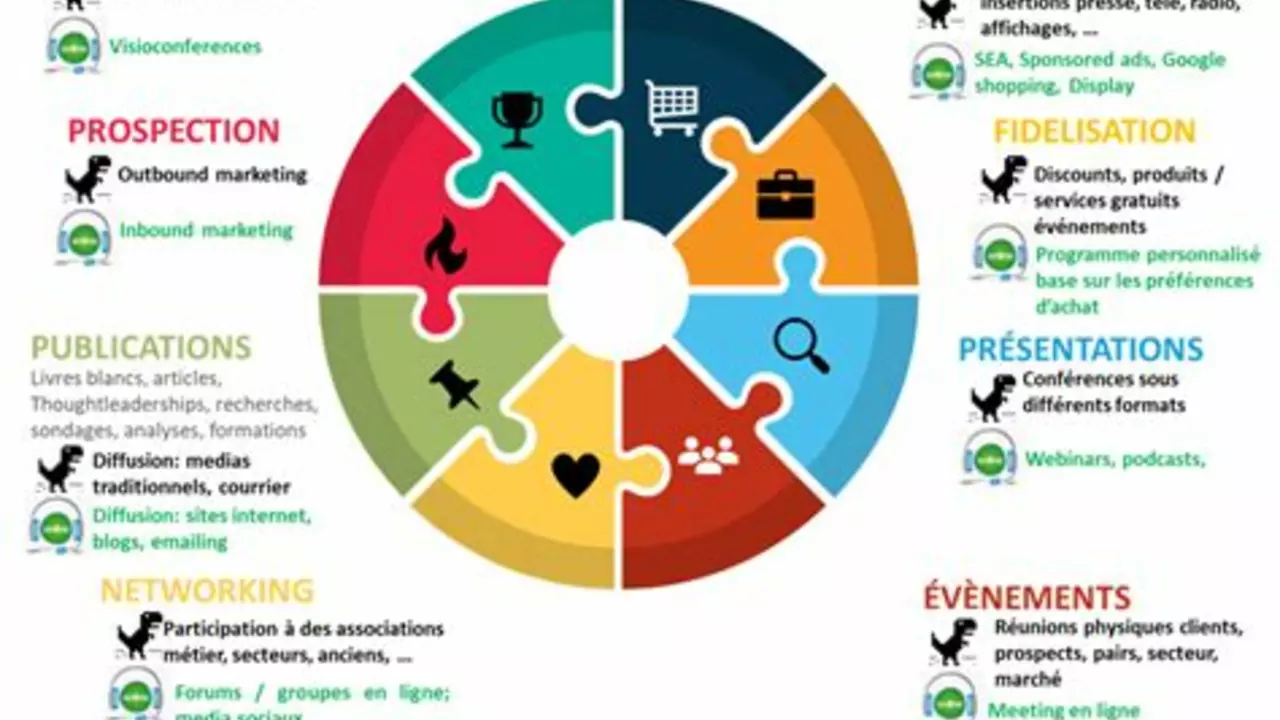Marketing Integration: Connect Your Strategies for Real Results
Ever feel like your marketing efforts are fighting each other? SEO talks about keywords, while your social team pushes memes, and the email crew sends newsletters. When everything runs on its own, you waste time, money, and chances to convert. Marketing integration is the answer – it lines up every tactic so they work together like a well‑coordinated team.
Why integrate your marketing?
First off, integration gives you a single view of your audience. Instead of guessing whether a visitor saw your blog post, clicked an ad, or opened an email, you can trace the whole journey. That clarity lets you spot the exact moment a lead turns hot and double‑down on the tactics that actually move the needle.
Second, it boosts efficiency. When your SEO keywords match the language in your paid ads and your content, you avoid duplicating research. Your budget stretches farther because each dollar supports the others instead of competing for the same clicks.
Lastly, integrated marketing builds stronger brand trust. Consistent messages across search, social, and email make your audience feel you know them. That consistency drives higher click‑through rates and better conversion numbers.
How to start integrating today
Grab a single spreadsheet or a cheap project‑management tool and list all your current marketing channels – SEO, content, social, email, paid ads, native ads, even SMS. Write down the primary goal for each channel, then look for overlap. For example, the keyword research you do for SEO can fuel your Google Ads campaigns and guide the topics for your blog posts.
Next, set up a shared content calendar. If you plan a new product launch, schedule the blog article, the supporting video, the email blast, and the paid ad copy all in the same week. This ensures the same message hits every touchpoint at the right time.
Use data to sync tactics. Pull analytics from Google Search Console, your email platform, and ad dashboards into one dashboard. Spot trends – maybe a blog post that ranks #1 also drives the most email sign‑ups. Double‑up on that content type.
Don’t forget automation, but remember it’s not just email. Tools can personalize website banners, score leads, and trigger SMS alerts when a prospect revisits a pricing page. Automation frees you to focus on strategy instead of repetitive tasks.
Finally, test and tweak. Run A/B tests where you compare a fully integrated campaign against a siloed approach. Track metrics like cost per lead, conversion rate, and overall ROI. The data will show you where integration adds value and where you need to adjust.
Our tag page already curates the best posts to help you on this journey. From hidden SEO secrets that boost rankings, to practical tips on becoming both marketer and content creator, you’ll find real‑world advice you can apply right now. Dive into each article, pull out the tactics that fit your business, and start linking them together.
Bottom line: When your marketing moves as one, you’ll see smoother funnels, higher returns, and a clearer picture of what works. Start mapping, syncing, and automating today, and watch the results speak for themselves.
- Dustin Chamberlain
- 0
Can traditional marketing and digital work together?
In today's fast-paced digital world, one might wonder if traditional marketing still has a place. However, from my perspective, traditional and digital marketing can not only co-exist, but they can also complement each other effectively. An integrated marketing strategy that combines the broad reach of traditional marketing with the targeted, interactive nature of digital marketing can prove to be extremely effective. By using both methods, businesses can create a holistic campaign that hits all consumer touchpoints. So, let's not isolate - instead, let's integrate and make the most out of both worlds.
Read more